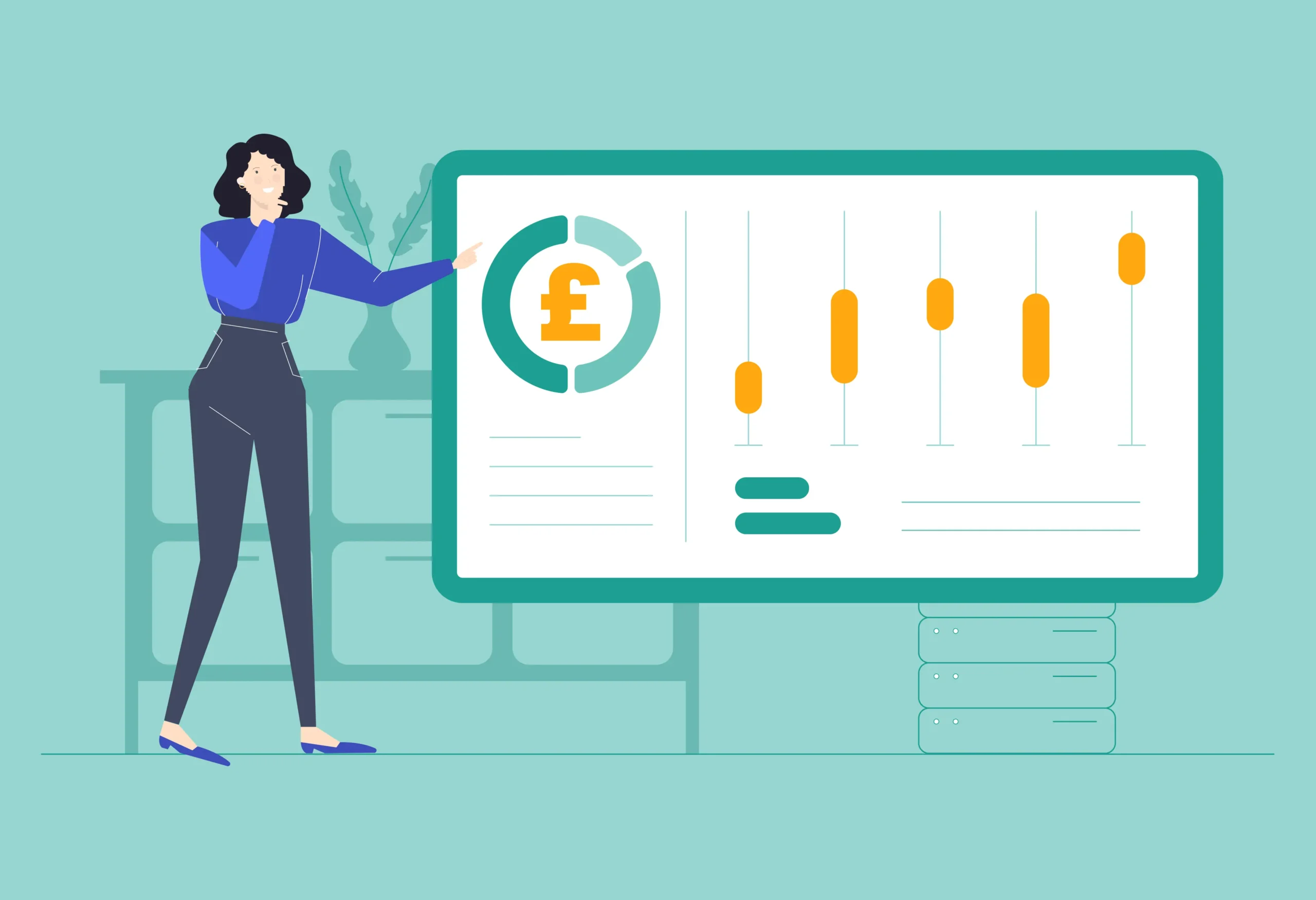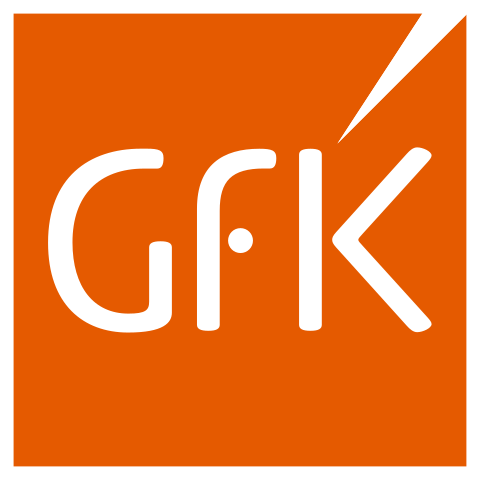Published on: March 10, 2023 | Last updated on: April 1, 2025 |
Odds are, if you’ve ever ordered a taxi during rush hour or booked a peak-time delivery slot for your online shopping, you’ve experienced the effects of dynamic pricing.
But as a business stakeholder, you know that the right pricing strategy can mean the difference between success and failure.
Dynamic pricing is a great way to not only capitalise on your existing customer base but also attract new customers to your business.
So, how exactly do you go about implementing a dynamic pricing strategy?
In this article, we explore dynamic pricing, its pros and cons, and help you understand how to make it work for your ecommerce brand.

Supply and demand has always been the cornerstone of business. Most companies understand that in order to maximise profit potential, you need to capitalise on this ratio wherever possible.
Enter dynamic pricing.
Dynamic pricing works by adjusting the price of goods and/or services at peak times of use.
Imagine you have a young family and you’re planning to go on holiday for the summer. You represent a key demographic for businesses such as airlines and tour operators, given that you’re limited to school holiday periods.
That’s why these businesses add a premium during these times, because they know customers will pay more just to make that all-important holiday happen.
But dynamic pricing applies to everyday activities, too. Want to buy a cinema ticket ahead of time or book a plumber for a specific date? How about buying your newspaper online instead of in a corner shop? These all represent viable options for dynamic pricing!
Businesses often adapt their dynamic pricing to reflect the demand they have for their goods and/or services.
Some examples of how companies might use dynamic pricing include:
This can happen during seasonal events, during busy sales periods, or even throughout a specific day of the week, for example when:
Businesses can also vary the amount they charge for the same product depending on certain criteria, such as:
A business may choose to dynamically price a product based on how much people are willing to bid for it in real time, e.g. eBay items or collectables.
Google Ads keywords also operate on a popularity pricing model, based on which businesses are bidding for the same terms. Keep this in mind when you’re creating your next digital shelf strategy!
Dynamic pricing brings with it a wide range of benefits, such as:
There are certain downsides to dynamic pricing, though, some of which include:
Dynamic pricing could be great for your business, providing you understand how best to make it happen!
A few things to bear in mind when introducing dynamic pricing are:
Without these behind it, your dynamic pricing strategy simply won’t make a big difference. Ask yourself:
Answer truthfully and you’ll have a solid foundation on which to build your dynamic pricing plans.
Before you can even think about going dynamic, you must have a strong core pricing strategy in place first.
Your existing pricing strategy provides a good clue as to whether a dynamic pricing strategy would actually work in your organisation. For example, if you have an everyday low pricing strategy, dynamic pricing probably won’t do what you expect it to do because your products/services are so reasonably priced already.
Set pricing rules to prevent any issues relating to your dynamic pricing.
Imagine if you have a sale on and one of your staff elects to up the percentage off on certain products. This could play havoc with your profit margins and seriously harm your bottom line.
Encourage your team to interact with your customers – and vice versa. Monitor social media, comments sections, search engine reviews, etc. Once you understand what customers are saying about your dynamic pricing, you can begin to adjust it accordingly.
Digital marketing in any capacity means finding good digital shelf analytics (DSA) software.
Without this, how will you know which (if any) aspects of your dynamic pricing strategy have worked? How will you know where to improve? Make sure you have a comprehensive platform to collect and collate data for you, so you can spend your time figuring out new ways to introduce dynamic pricing throughout your business.
We’ve built our price tracker to provide 24/7 reporting that shows where dynamic pricing could be most valuable to your business. You’ll be able to view price changes over time, get alerts when prices change, and filter results in a way that means you’re always making the right dynamic pricing decisions for your brand.
Want to make your dynamic pricing dreams come true? Contact us and request a demo today!
Also, be sure to follow us on social media for all the latest Magpie marketing updates.
Want to learn more about how Magpie DBX can help your business? Get in touch with us and let us show you!




